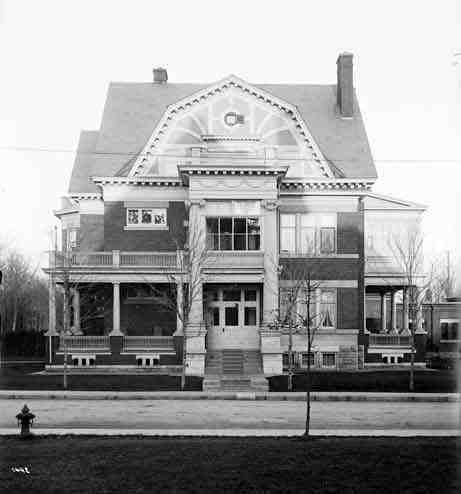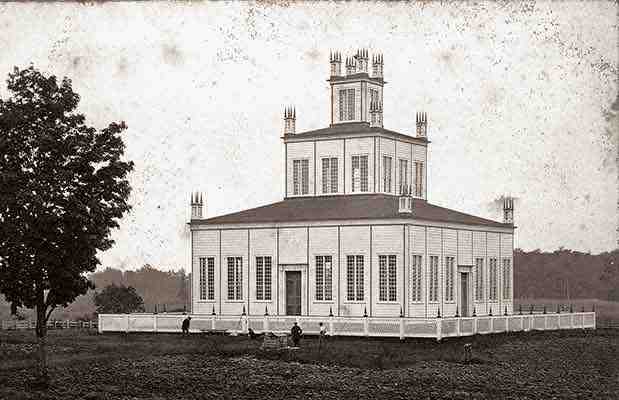Menu
How to research a heritage property
Getting started
Researching a property can seem like a daunting task, but by exploring the holdings of your local library, archives or museum, you might be able to discover important information.
Gather all of the information before writing a history of the building, making sure to cross-reference all of your sources. While researching, be discriminatory; not all sources are created equal. Make sure to write down the source of information (source, title, page number, microfilm reel number, accession number, etc.).
Address changes
The first thing you need to do is to confirm the street name and address of the property. The current address of the property may not be the same as it was in the past. The best way to see if a street name and/or number has changed is to look at the fire insurance plan. If your municipality has a guide to street names (check with your local librarian or archivist), this guide would also be a good place to start.
Where to look
Fire insurance plans: Fire insurance plans provide information about buildings and neighbourhoods. From these plans, which were first created in the late 19th century and continued to be used well into the 20th, you can tell when a building was built or demolished, the kinds of materials it was made of, the position of the building on the lot, and the lot size, shape and number.
Assessment rolls: These records were created for property tax collection and can contain the following information: the name, occupation, salary and religion of the “head of household” (usually men, but sometimes widowed or single women), as well as the description, ownership and assessed value of the property. Look for increases in individual property value from year to year. This change can indicate a new building or addition (but if taxes are higher across the board, it probably means that there was a widespread tax increase).
Municipal directories: These directories give the name and occupation of the “head of household” at a particular address. In most directories, street names and family surnames are listed in separate sections in alphabetical order (older directories may only have either addresses or surnames, not both). Directories may also have a list of businesses by type. Look for information that indicates when the building first appeared in the directory. Then work forward to compile a list of owners and/or tenants.
Building permits: Building permits can provide information about the owner of a property, building materials, architect, use and costs. It is easier to find a permit by the owner’s name rather than the property’s street name.
Aerial photographs: By viewing the property from above, you can see how the neighbourhood has changed over the years. These photographs also show if rivers and streams have been buried or green space has been built over.
Council proceedings: Municipalities are responsible for maintaining public services (e.g., sidewalks, water mains, sewers, etc.). Council proceedings can indicate the services that were available and reveal clues about what was important to citizens at the time. Proceedings may also provide information about neighbourhood events and issues.
Maps and atlases: Early atlases often provide the landowner’s name, the layout of the lot, the lot itself, concession and other information.
Photographs: A local museum or archives may have a photograph, historic postcard, historic artist’s rendering or other image of the property. Also check at the Archives of Ontario and Library and Archives Canada for images. There may not be an index available for these kinds of images. Consult with the librarian or archivist to determine the best way to look for images of the building.
Newspapers/Periodicals: Check these for articles about the property and/or the neighbourhood. Important events, fires or even crimes can provide helpful clues about the property’s history.
Regional/County land registry: One of the ultimate sources of information on a property is the regional land registry that keeps records on all of the legal instruments for each property, as well as the ownership or title records going back to the date when the property was first defined and granted. Clearing title, as this process is called, is sometimes a difficult and time-consuming task, but it may yield important information about the history of ownership and other capital activities that would otherwise be difficult to obtain or understand.


